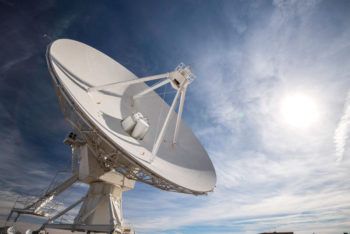Digital Signals Science Games
4 gamesIn this series of games, your students will learn how digital signals are stored and transmitted by modern technologies. The Digital Signals learning objective — based on NGSS and state standards — delivers improved student engagement and academic performance in your classroom, as demonstrated by research.
Scroll down for a preview of this learning objective’s games and the concepts.
Concepts Covered
Communication is the transmission of information. There are countless different means of communication, from facial expressions and talking to satellites and TV. We use different means depending on what information needs to be transmitted, how far it needs to go, and what technology is available.
Some forms of communication and information storage use analog signals, and some use digital signals. Analog signals vary continuously, while digital signals are either on or off.
Digital signals can be stored as binary code — a series of 0s and 1s — and sent as wave pulses, such as light or electricity. Traveling long distances and being stored for long periods of time, digital signals maintain better quality than analog signals.
Various technologies, like cell phones, computer networks, radio, and television can detect and interpret many types of signals that we cannot directly sense ourselves. Modern devices use digitized signals, sent as wave pulses, to reliably encode and transmit information.
A preview of each game in the learning objective is found below.
You can access all of the games on Legends of Learning for free, forever, with a teacher account. A free teacher account also allows you to create playlists of games and assignments for students and track class progress. Sign up for free today!






